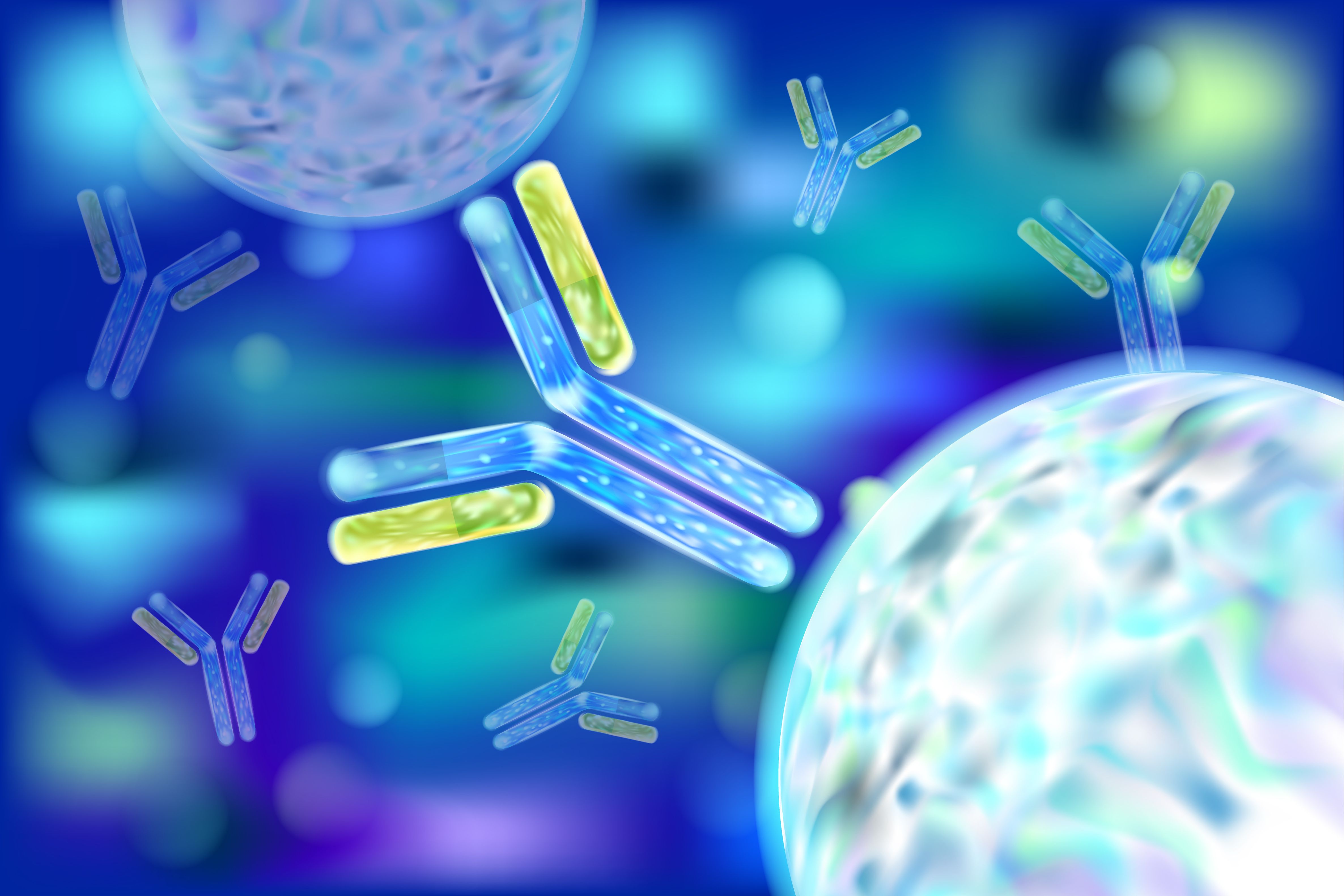Article
New Prostate Cancer Treatment May Provide Cost Effective Alternative
Author(s):
Low temperature plasmas found to induce high levels of DNA damage.
Low temperature plasmas found to induce high levels of DNA damage.
A new treatment approach for prostate cancer may provide a cost effective alternative to current traditional therapies, a recent study found.
The study, published in the British Journal of Cancer, was the first to evaluate low temperature plasmas that were applied to cells grown directly from patient tissue samples.
The researchers took healthy prostate cells and prostate cancer tissue cells from a single patient to conduct a direct comparison on the efficacy of the treatment. The study showed low temperature plasmas may be a potential treatment option for patients with organ confined prostate cancer, while presenting an effective alternative treatment to standard radiotherapy and photodynamic therapy.
Low temperature plasmas are produced through the application of a high electric field across a gas utilizing an electrode that breaks down the gas to form plasma. This process generates a unique reactive environment that contains high concentrations of reactive oxygen and nitrogen species.
The delivery of reactive oxygen and nitrogen species operated at atmospheric pressure near room temperature is a vital mediator of cell death in biological systems when transferred through plasma to a target source.
The active agents in low temperature plasmas break up DNA and destroy cells by necrosis, which differs from some current therapies that cause apoptosis.
“Despite continual improvement and refinement, long term treatment for prostate cancer is still recognized as inadequate. In the case of early stage organ confined tumors, patients may be treated with a focal therapy, for example cryotherapy, photodynamic therapy, or radiotherapy,” Adam Hirst, a PhD student at the York Plasma Institute who worked on the project, said in a press release. “However, around a third of patients will experience recurrence of their disease following radiotherapy. This may be due to the inherent radio-resistance of a small fraction of the tumor — the cancer stem-like cells. Furthermore, numerous side effects are often experienced following treatment.”
The researchers plan next to evaluate the treatment on 3-dimensional replica tumors to monitor the precision of plasma application. If future trials of low temperature plasmas are successful, the therapy could be used to treat cancer patients within the next 10 to 15 years.
“Through this research we have found that LTPs induce high levels of DNA damage, which leads in turn to a substantial reduction in colony forming ability, and ultimately necrotic cell death,” Hirst said. “Using clinically relevant, close-to-patient samples, we have presented the first experimental evidence promoting the potential of LTP as a future focal cancer therapy treatment for patients with early stage prostate cancer.”






